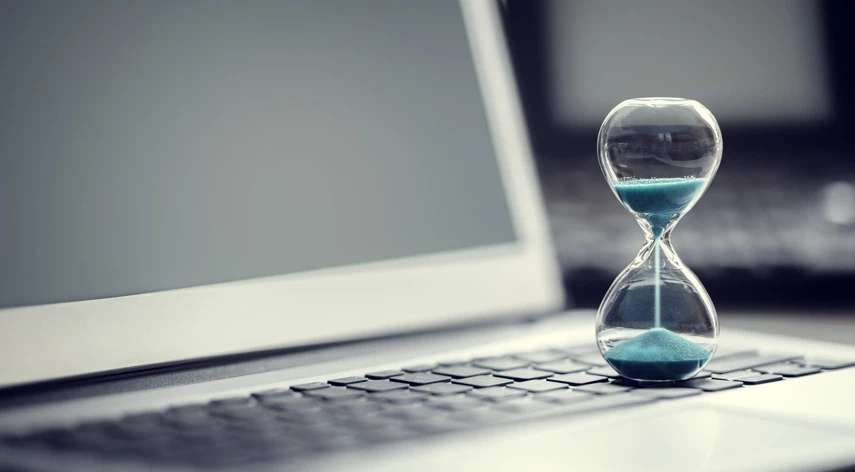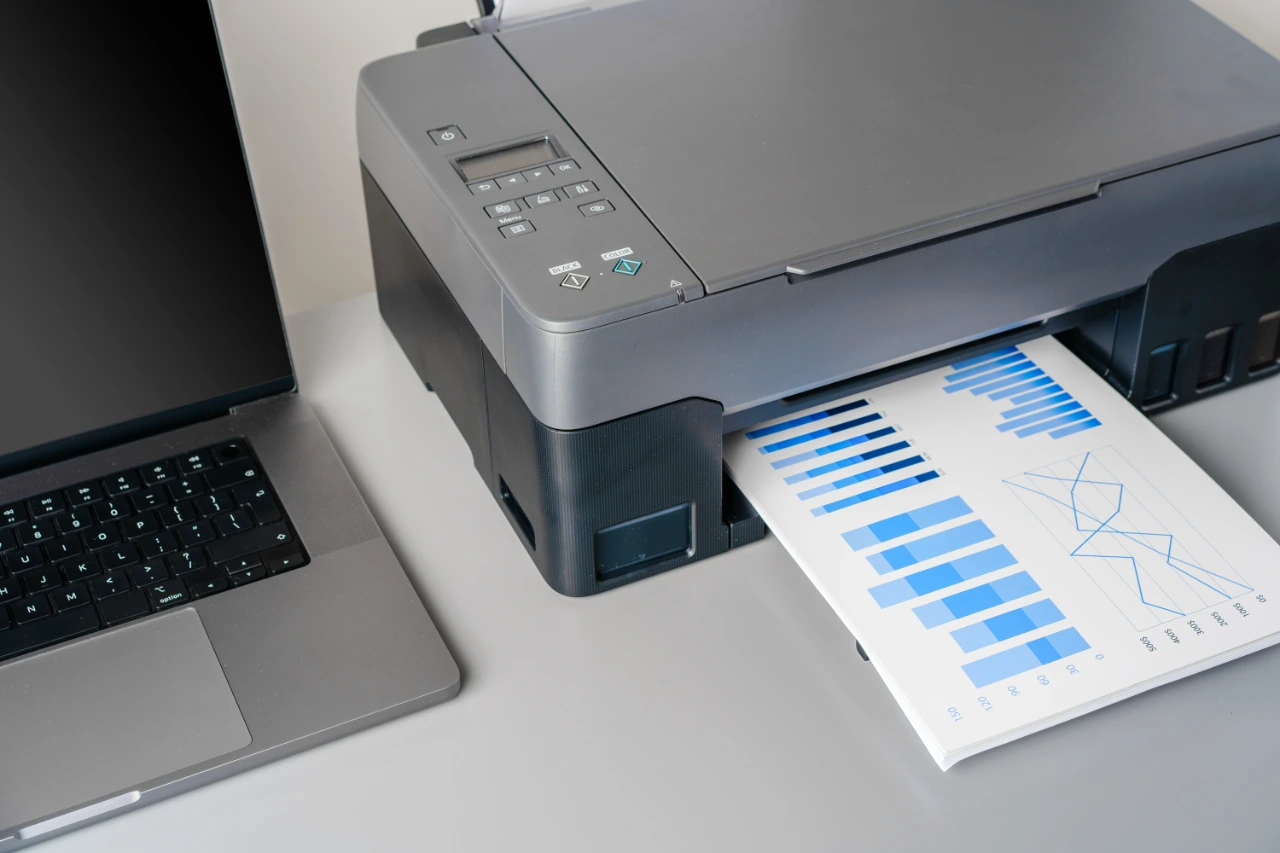Is your computer slow, unresponsive, or just not performing as well as it used to? You’re not alone. Many users experience a gradual slowdown of their computers over time. Understanding why this happens and what you can do to fix it can transform your computing experience. Here, we dive into the top 10 tips to speed up a slow computer, complete with explanations on why these solutions work and how you can easily implement them yourself.
Why Computers Slow Down
Computers slow down for several reasons, many of which boil down to software and hardware inefficiencies. Understanding these reasons can help you identify and address performance issues effectively.
Accumulation of Unnecessary Files
Over time, your computer accumulates temporary files, system cache, and unused applications that clutter your storage and slow down operations.
Fragmented Hard Drive
On traditional hard drives (HDDs), files can become fragmented, causing the drive to work harder to access data.
Outdated Software
Older versions of software may not run efficiently on current hardware.
Insufficient RAM
Running many applications simultaneously can exhaust your computer’s RAM, leading to sluggish performance.
Malware and Viruses
Malicious software can severely impact your system’s performance.
Too Many Startup Programs
Programs that launch at startup can significantly slow down your boot time.
Overheating
Dust and poor ventilation can cause overheating, leading to throttled performance to prevent damage.
Now, let’s explore the solutions..
Top 10 Tips to Speed Up Your Computer
1. Clean Up Disk Space
Removing unnecessary files frees up space and reduces the workload on your system.
Here’s How: Use built-in tools like Disk Cleanup on Windows or third-party software like CCleaner to delete temporary files, system cache, and other junk.
2. Uninstall Unnecessary Programs
Freeing up resources and storage can significantly improve performance.
Here’s How: Go to Control Panel > Programs > Uninstall a program and remove software you no longer use.
3. Defragment Your Hard Drive
Defragmenting reorganises fragmented data, making your hard drive more efficient.
Here’s How: Use the built-in Disk Defragmenter tool in Windows (Note: SSDs do not need defragmentation).
4. Upgrade Your RAM
More RAM allows your computer to handle more tasks simultaneously without slowing down.
Here’s How: Check your computer’s specifications to see the type and maximum capacity of RAM it supports, then install additional RAM modules.
5. Update Your Software
Keeping your operating system and applications updated ensures you have the latest performance improvements and security patches.
Here’s How: Regularly check for and install updates for your OS and software.
6. Scan for Malware and Viruses
Malware can consume resources and slow down your computer.
Here’s How: Use reputable antivirus software to perform regular scans and remove any detected threats.
7. Manage Startup Programs
Reducing the number of programs that run at startup speeds up boot times.
Here’s How: Use Task Manager on Windows (Ctrl + Shift + Esc) and navigate to the Startup tab to disable unnecessary startup programs.
8. Clean the Physical Hardware
Dust and debris can cause overheating and hardware inefficiencies.
Here’s How: Regularly clean your computer’s components using compressed air and ensure good ventilation.
9. Adjust Power Settings
Power-saving modes can throttle performance to extend battery life.
Here’s How: In Control Panel, go to Power Options and select High Performance for better performance.
10. Upgrade to an SSD
SSDs are significantly faster than traditional HDDs, improving boot times and overall system responsiveness.
Here’s How: Clone your existing drive to a new SSD or perform a fresh installation of your operating system on the SSD.
Mac User? We Got You!
Although macOS is renowned for its smooth operation, Mac users may encounter performance issues such as slow start-ups, unresponsive applications, and overall system lag. These slowdowns can stem from various factors, including resource-intensive software, insufficient storage space, or system misconfigurations. Fortunately, there are targeted strategies and best practices available to optimise macOS performance and address these challenges effectively. Below are ten comprehensive tips designed to help you troubleshoot and speed up your slow Mac.
1. Clean Up Your Hard Drive
Freeing up space on your hard drive can significantly improve performance.
Here’s How: Use the built-in Storage Management tool under Apple Menu > About This Mac > Storage > Manage to identify and delete large and unnecessary files.
2. Uninstall Unnecessary Applications
Reducing the number of applications can free up system resources.
Here’s How: Drag unwanted applications to the Trash and empty the Trash to fully remove them.
3. Manage Startup Items
Too many startup items can slow down your Mac’s boot time.
Here’s How: Go to System Preferences > Users & Groups > Login Items and remove unnecessary startup programs.
4. Update macOS and Applications
Keeping software up to date ensures you have the latest performance improvements and security updates.
Here’s How: Check for updates in the App Store and use the Software Update tool under System Preferences.
5. Optimise Storage
macOS has built-in tools to help manage storage more efficiently.
Here’s How: Go to Apple Menu > About This Mac > Storage > Manage and follow recommendations to optimise storage.
6. Reduce Visual Effects
Visual effects can consume system resources.
Here’s How: Go to System Preferences > Accessibility > Display and check “Reduce motion” and “Reduce transparency”.
7. Reset SMC and PRAM/NVRAM
Resetting the System Management Controller (SMC) and PRAM/NVRAM can resolve various performance issues.
Here’s How: Follow Apple’s instructions for your specific Mac model to reset the SMC and PRAM/NVRAM.
8. Free Up RAM
More free RAM allows your Mac to run applications more smoothly.
Here’s How: Close unnecessary applications and browser tabs. Use Activity Monitor (Applications > Utilities) to monitor RAM usage.
9. Use Activity Monitor to Identify Resource Hogs
Some applications may consume more resources than necessary.
Here’s How: Open Activity Monitor (Applications > Utilities) to see which applications are using the most CPU and memory, then quit or force quit those that are resource hogs.
10. Upgrade Your Hardware
If your Mac supports it, upgrading to an SSD or adding more RAM can drastically improve performance.
Here’s How: Consult your Mac’s specifications and seek professional assistance if needed to upgrade your hardware.
Implementing these tips can have a profound impact on your computer’s performance. By cleaning up your system and managing resources efficiently, you can return your computer to a state that feels almost like new. Regular maintenance, such as updating software and scanning for malware, not only speeds up your system but also prolongs the lifespan of your hardware.
If you need further assistance or prefer professional help to optimise your computer’s performance, don’t hesitate to contact our support team. We’re here to help you get the most out of your technology and ensure your system runs smoothly.





